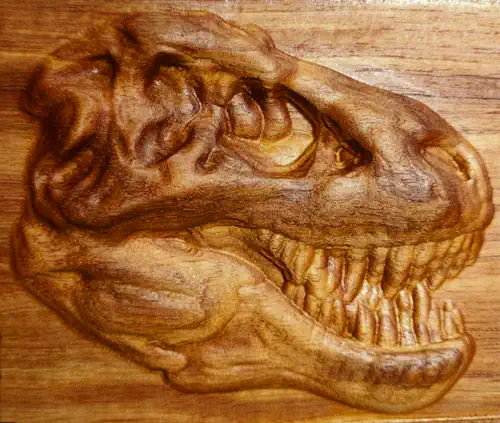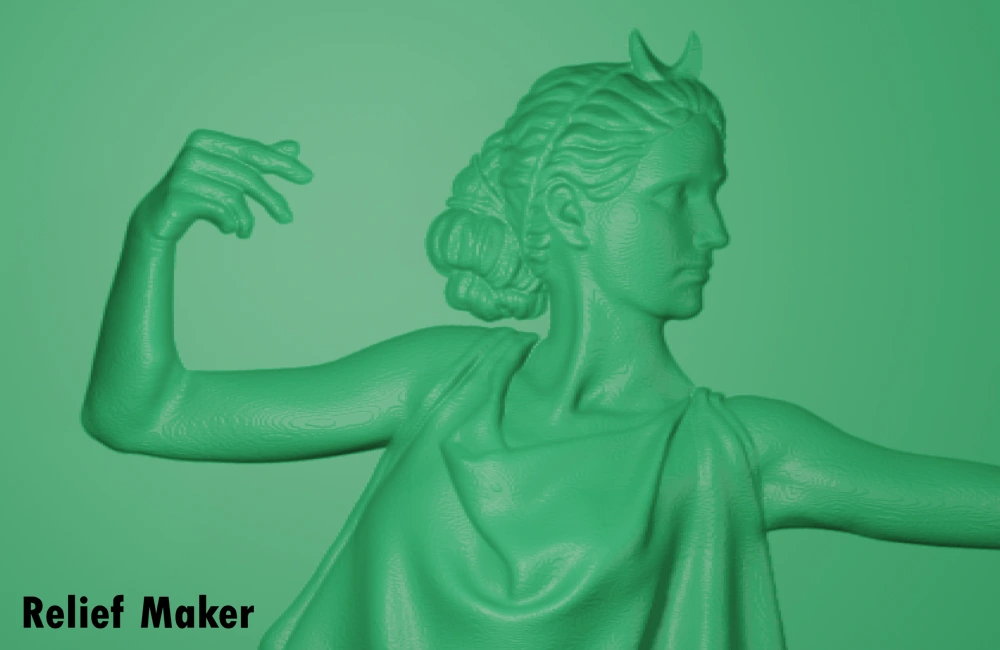For CNC

Take customization and capability to a whole new level. Deliver what your competition cannot - astounding artworks quickly and easily.
For CNC
CNC Projects
Core FeaturesUse with Fusion360Use with MeshCAMUse with Carbide CreateSee All Software Guides
Take customization and capability to a whole new level. Deliver what your competition cannot - astounding artworks quickly and easily.
Industries
For CG / Game
CG / Game Applications
Core FeaturesUse with BlenderUse with ZBrushUse with 3DCoatSee All Software GuidesResources
1 Column







